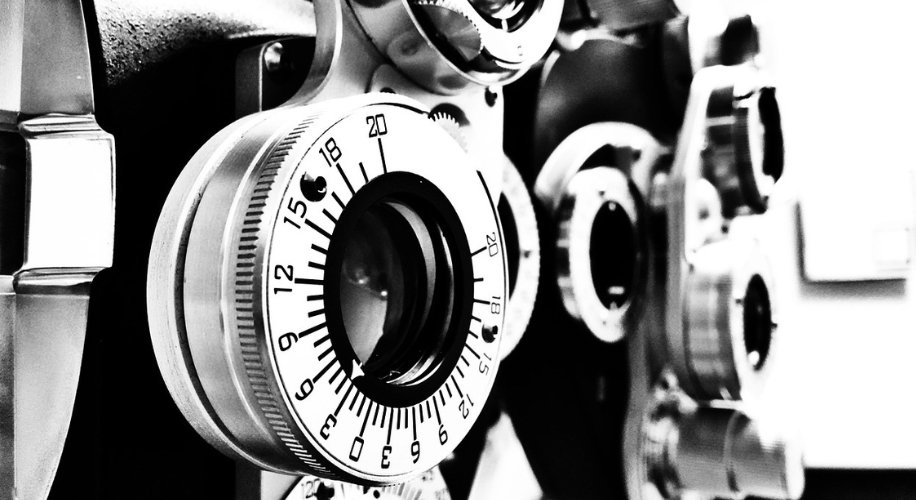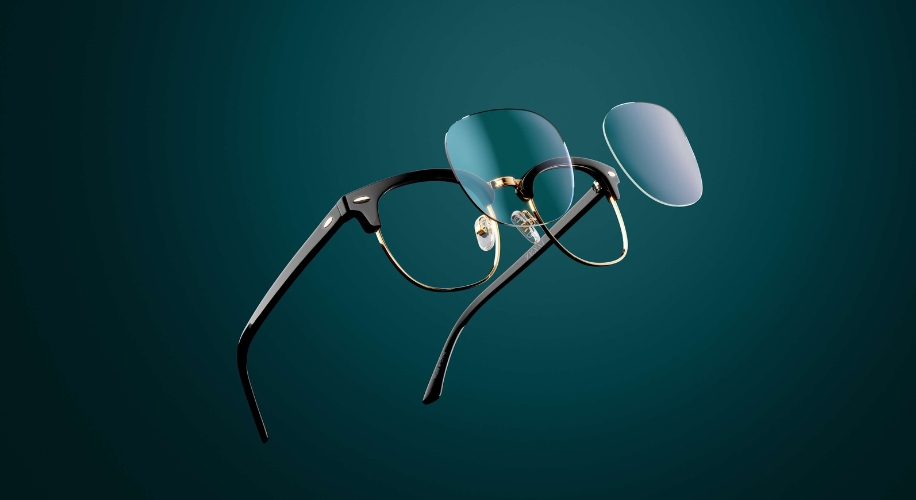Conquering the Night Drive: Tips for Handling Astigmatism Behind the Wheel
The Nighttime Challenge
Driving at night can be a daunting task, especially for those with astigmatism. This common refractive error can make navigating in low light conditions even more challenging, leading to discomfort, blurred vision, and increased glare from headlights and streetlights.

Photo by PublicDomainPictures
Understanding Astigmatism Symptoms
Individuals with astigmatism often experience a range of symptoms that can exacerbate during nighttime driving. These may include:
1. Blurred Vision: Difficulty focusing on objects, especially in low light.
2. Halos and Glare: Light sources may appear distorted or surrounded by halos, making it harder to see clearly.
3. Eye Strain: Increased effort required to focus, leading to fatigue and discomfort.
4. Headaches: Prolonged exposure to glare and strained vision can trigger headaches.
5. Difficulty Judging Distances: Depth perception may be compromised, making it harder to judge the distance between vehicles or obstacles.
Overcoming the Challenges
Fortunately, there are several strategies to help alleviate the symptoms of astigmatism and make nighttime driving safer and more comfortable:

Photo by TheLight
1. Regular Eye Exams: Schedule routine eye exams to ensure your prescription is up-to-date. Properly corrected vision can significantly reduce nighttime vision problems associated with astigmatism.
2. Anti-Reflective Coatings: Consider lenses with anti-reflective and anti-fog coatings to minimize glare from oncoming headlights and streetlights. These coatings reduce reflections on the lens surfaces, improving clarity and contrast.

3. Use Corrective Eyewear: Wear prescription glasses or contact lenses specifically designed to correct astigmatism. This ensures that light rays are properly focused on the retina, reducing blur and distortion.
4. Adjust Your Headlights: Ensure that your headlights are properly aligned and free from dirt or fogging. Misaligned headlights can exacerbate glare for both you and other drivers.
5. Take Breaks: If you’re embarking on a long nighttime journey, take regular breaks to rest your eyes and alleviate strain. Staying hydrated and keeping the cabin well-lit can also help reduce eye fatigue.
By incorporating these tips into your nighttime driving routine, you can minimize the impact of astigmatism and enjoy safer, more comfortable travels on the road. Zenni Optical is here to help you maintain confidence and control behind the wheel, day or night!




 Canada
Canada